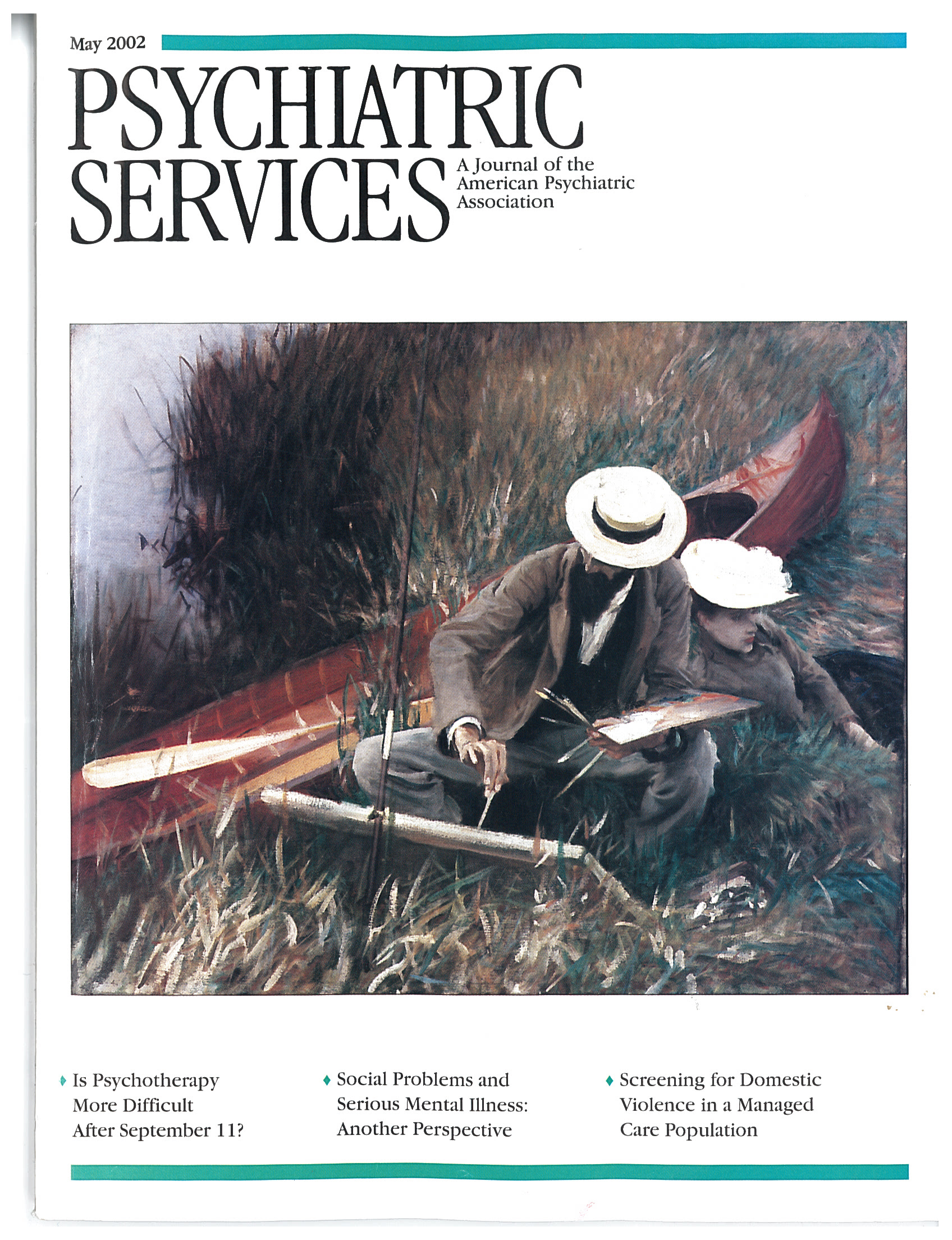The nearly 250 measures included in this volume represent some of the best measures available within their respective domains. The measures were compiled by experts in psychiatric assessment "to inform clinicians about the selection, use, and interpretation of formal assessments (whether structured interviews, self-report questionnaires, or ratings by clinicians or significant others) and to assist them in evaluating the potential utility of such measurement tools in clinical practice." More than a mere collection of assessment tools, the Handbook is an excellent resource not only for clinicians and researchers but also for policy makers, planners, and students.
The purpose of the Handbook is both to educate and to inform. The authors are careful to note the limitations of measurement in clinical practice as well as the benefits. Four introductory chapters discuss the nature and limitations of clinical measures. Topics covered include a discussion of reliability and validity; considerations in choosing, using, and interpreting measures in particular clinical contexts; and cultural factors that can influence the use of psychiatric measures.
The remaining two dozen or so chapters present informative descriptions of measures that meet the following criteria: they are available in English; they concern data obtained directly from the patient or an informant; they can for the most part be administered in a psychiatrist's office; and sufficient peer-reviewed information about their psychometric properties is available.
Two general types of measures are included. General measures cover diagnostic interviews for adults (for example, the Structured Clinical Interview for DSM-IV Axis I Disorders); general psychiatric symptoms (for example, the Symptom Checklist-90-Revised); mental health status, functioning, and disabilities (such as the Global Assessment Scale, the Global Assessment of Functioning scale, and the Clinical Global Impressions scale); general health status, functioning, and disabilities (such as the SF-36 Health Survey); quality of life, adverse effects, patient perceptions of care, practitioner and system evaluation, stress and life events, family and relational issues (for example, the Family Assessment Measure-III); and suicide risk.
The measures related to DSM-IV categories include child and adolescent measures for diagnosis and screening (for example, the Child Behavior Checklists and the Diagnostic Interview for Children and Adolescents); symptom-specific measures for disorders usually first diagnosed in infancy, childhood, or adolescence (for example, the Revised Children's Manifest Anxiety Scale and the Children's Depression Inventory); child and adolescent measures of functional status (such as the Peabody Picture Vocabulary Test-Revised); behavioral measures for cognitive disorders (such as the Confusion Assessment Method and Delirium Rating Scale); neuropsychiatric measures for cognitive disorders (for example, the Mini Mental State Exam); and measures for substance use disorders (such as the CAGE questionnaire and the Fagerstrom Test for Nicotine Dependence), psychotic disorders (for example, the Brief Psychiatric Rating Scale), mood disorders (such as the Beck Depression Inventory), anxiety disorders (such as the Hamilton Anxiety Rating Scale), somatoform and factitious disorders and malingering, dissociative disorders, sexual disorders, eating disorders, sleep disorders, impulse-control disorders (for example, the Buss-Durkee Hostility Inventory), and personality disorders, personality traits, and defense mechanisms (for example, the Millon Clinical Multiaxial Inventory-III).
Each instrument is discussed in terms of the construct it assesses and how it is operationalized, the format of the measure, and its method of administration. Examples of items and responses are given. The range of possible scores is presented, and some guidance on interpretation is provided. Practical issues concerning administration time and training requirements are discussed. Psychometric properties of the measures are described, and an attempt is made to discuss the potential clinical utility and limitations of each instrument. Contact information for obtaining copies of measures is provided. Finally, references and a list of suggested readings are included.
As useful as the Handbook is, the accompanying CD-ROM makes this set an indispensable resource. The disc includes not only the full text of the book but also hyperlinks that allow quick movement between and within documents. For example, clicking on the name of an instrument in the table of contents takes you directly to the article on that instrument. The CD also includes scans of 108 of the instruments. Articles are linked directly to the related measures. The quality of the scanned images is poor on the computer screen, but each scale can be printed out, usually resulting in a nice-looking copy. It is also possible to print out each article in the Handbook.
Navigation of the CD-ROM takes some getting used to. It does not follow the usual Windows interface design. However, there are extensive help menus and helpful hints, so the learning curve is not very steep. Learning to use the CD is well worth the effort. The text and the instruments can be navigated in multiple ways, and bookmarks can be set to allow quick access to material already explored. This book and CD set is worth purchasing for the CD alone.

